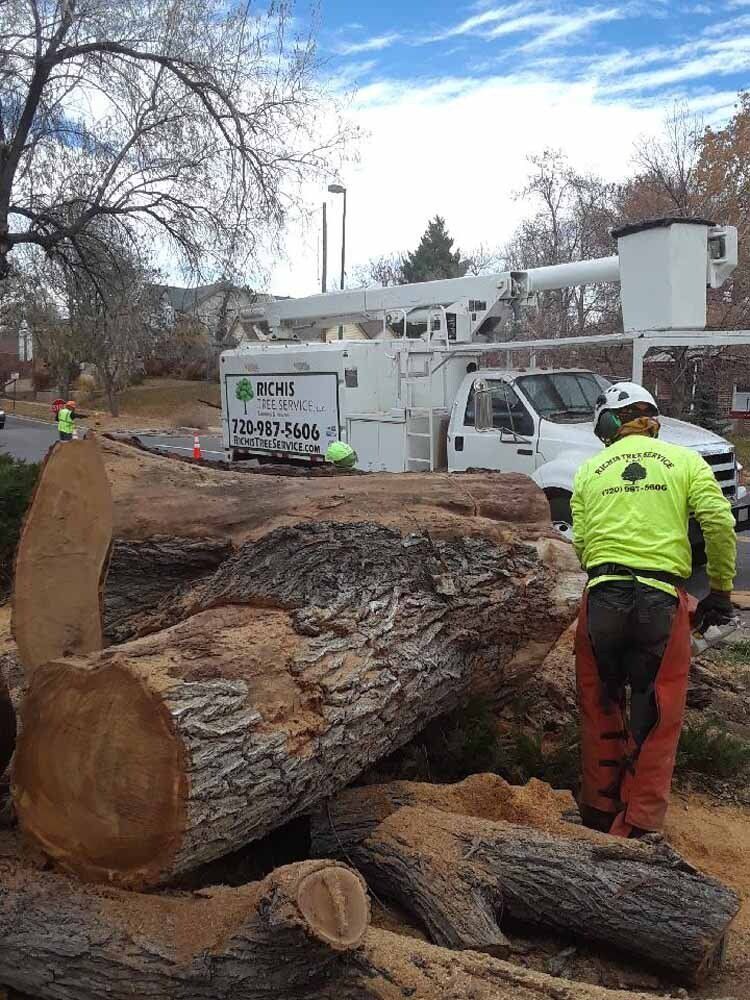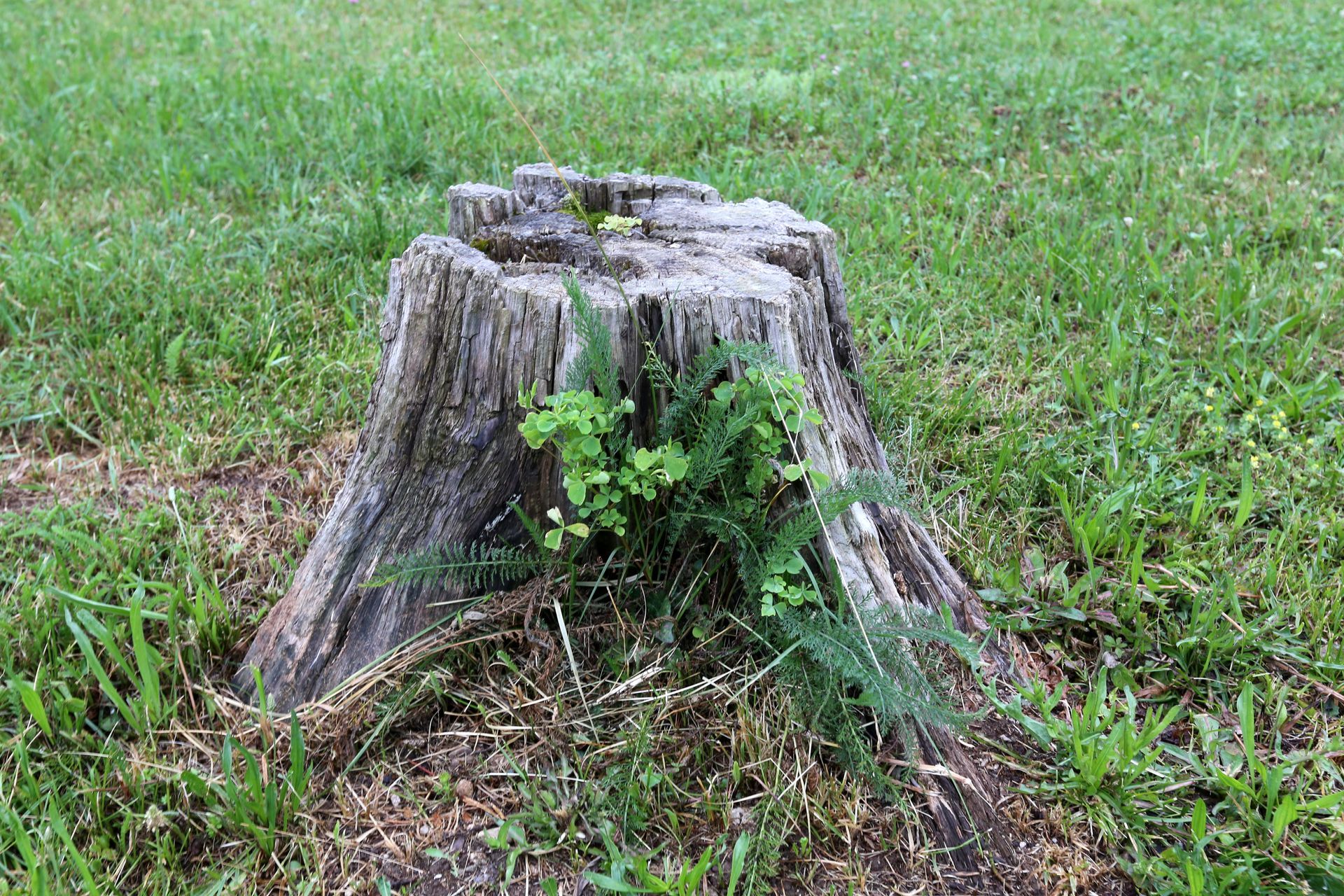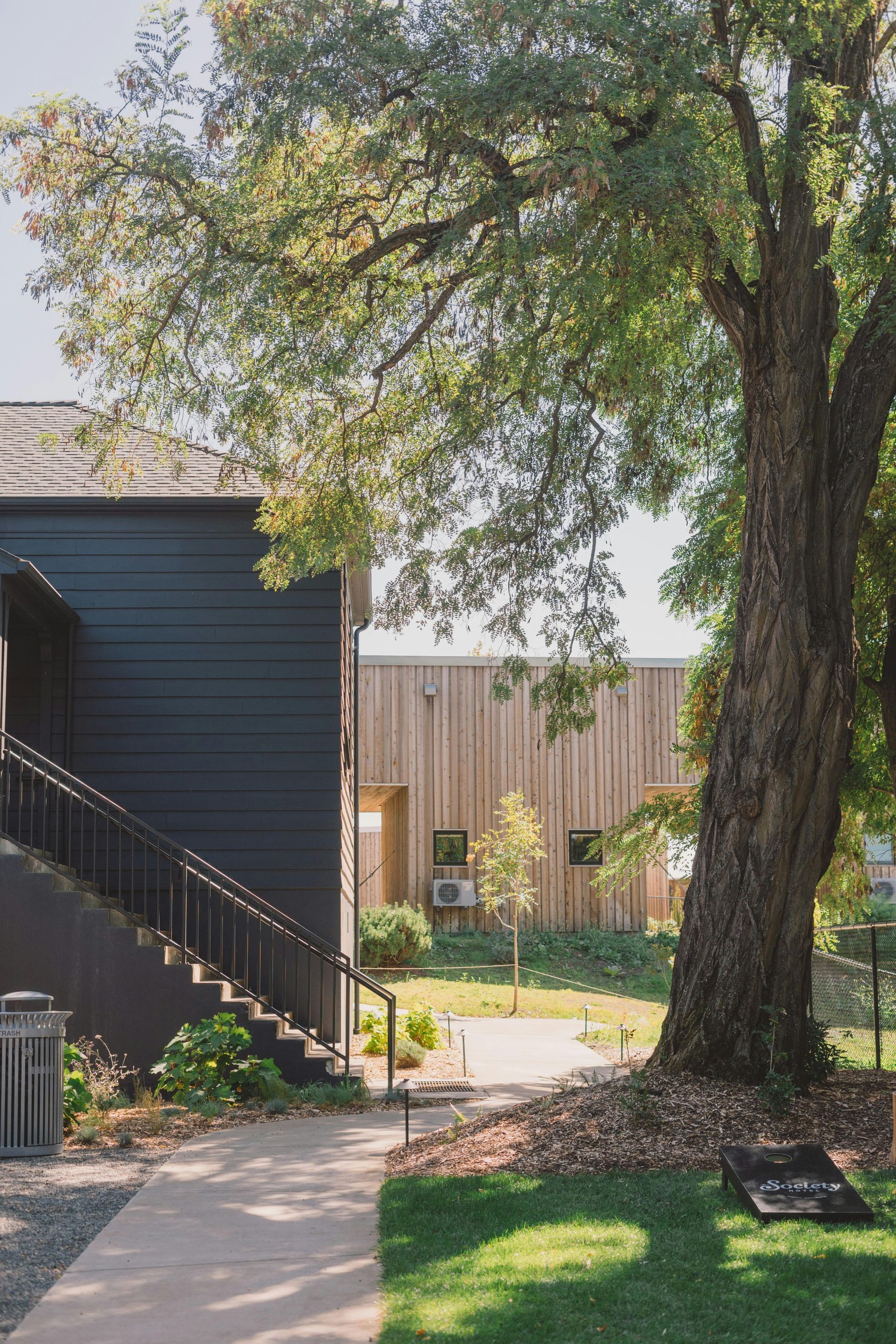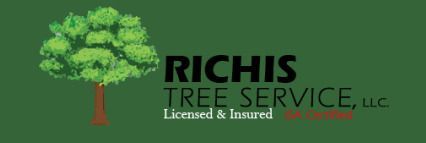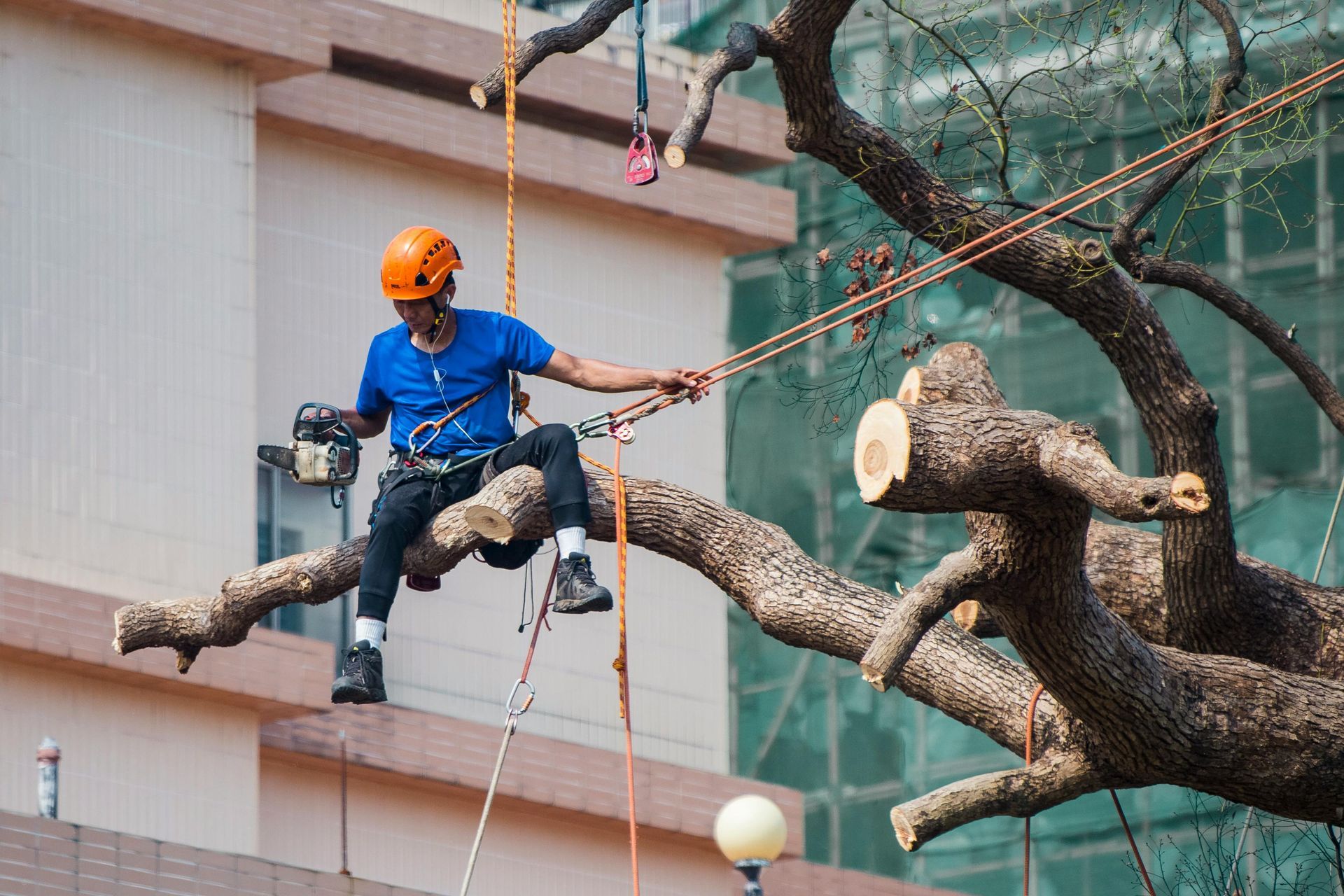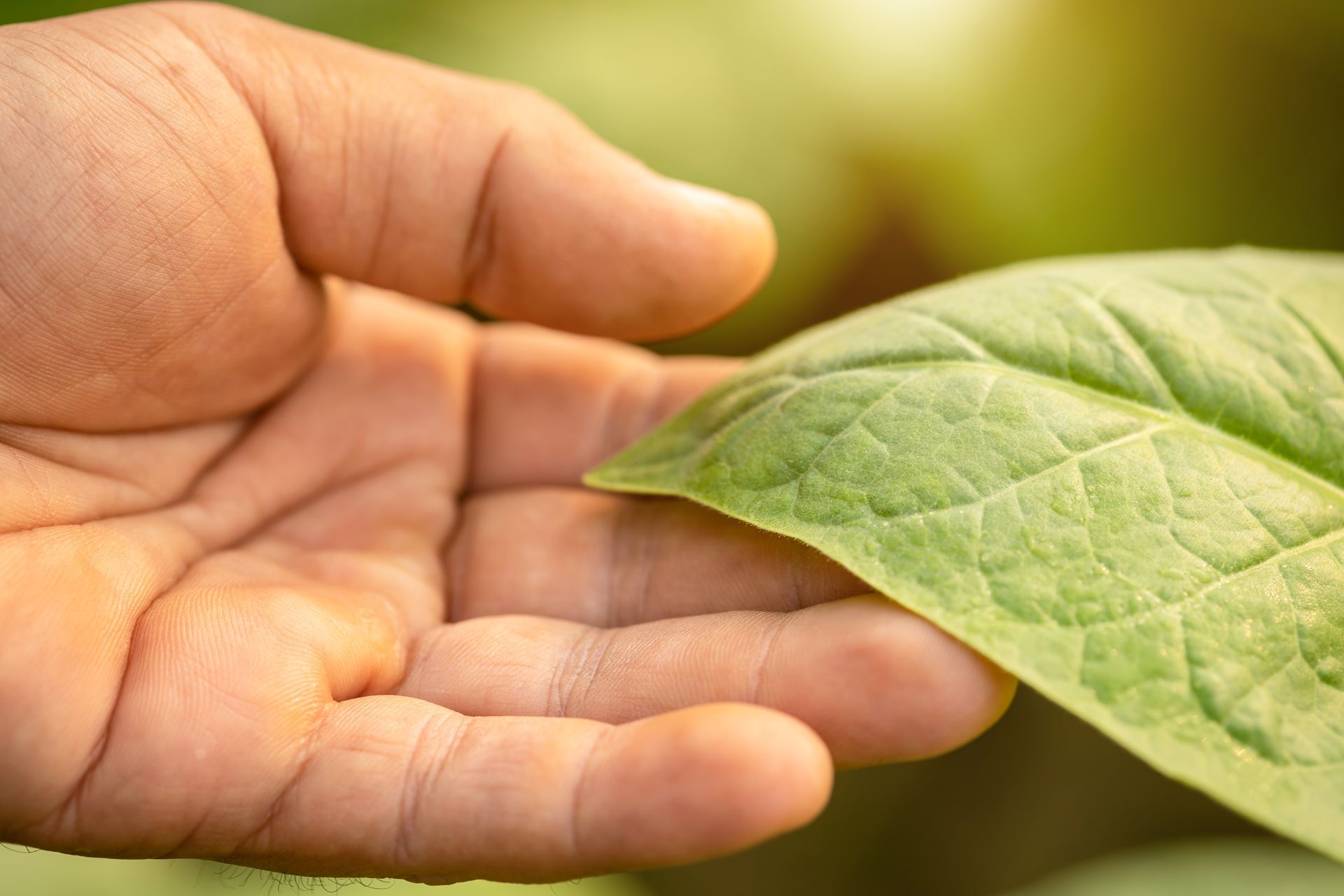Richis Tree Service, LLC
5 Essential Tree Trimming Tips for Centennial Homeowners
Why Proper Tree Trimming Matters for Your Yard
Trees add beauty, shade, and value to your home, but without regular maintenance, they can turn into a real headache. Overgrown branches can block sunlight, become a hazard during storms, or even invite pests. That’s why residential tree trimming is a must for any homeowner looking to keep their yard safe and attractive.
In this guide, we’ll walk you through five essential tree trimming tips to keep your trees healthy, vibrant, and structurally sound. Whether you’re a weekend warrior with a pair of pruning shears or prefer to leave it to the professionals, these local tree maintenance tips will help you get the job done right.
City skyline
1. Know the Best Time for Tree Trimming
Timing is everything when it comes to tree care services. Trim at the wrong time, and you might stress your tree out or stunt its growth. The best time for residential tree trimming depends on the species and your goals.
General Tree Trimming Guidelines:
- Late winter to early spring: Best for most trees, as they’re still dormant and will heal quickly before new growth starts.
- Summer: Good for light pruning and shaping, but avoid heavy cuts that could weaken the tree.
- Fall: Avoid major trimming, as trees are preparing for dormancy, and wounds take longer to heal.
For fruit trees, proper trimming ensures better yields, while large shade trees benefit from periodic thinning to maintain balance. Not sure when to trim? A professional tree care service can assess your trees and recommend the best schedule.
2. Use the Right Tools for the Job
You wouldn’t use a butter knife to carve a turkey, so why use the wrong tools for trimming your trees? Proper equipment ensures clean cuts that promote faster healing and reduce stress on your trees.
Essential Tree Trimming Tools:
- Hand Pruners: Best for small branches and light pruning.
- Loppers: Great for medium-sized branches (up to 2 inches thick).
- Pole Pruners: Helps reach high branches without climbing.
- Chainsaws: Necessary for large branches and major pruning tasks.
- Safety Gear: Gloves, goggles, and a helmet if you’re working on larger trees.
Dull or improper tools can damage your tree by leaving jagged cuts, so always keep your blades sharp. And if a branch looks too big to handle safely, don’t risk it—call a tree care professional instead.
3. Follow Proper Pruning Techniques
Tree trimming isn’t just about hacking off branches—it’s about making strategic cuts to promote healthy growth and prevent damage. Here are a few golden rules to follow:
- Cut at the Right Spot: Always trim just outside the branch collar (the swollen area at the base of the branch) to help the tree heal faster.
- Avoid Topping Trees: Cutting off the top of a tree weakens its structure and invites disease.
- Thin Out Overcrowded Branches: Too much density can block sunlight and airflow, leading to unhealthy growth.
- Remove Dead or Diseased Branches ASAP: These branches are a liability and should be cut before they spread decay.
If in doubt, consult a tree care expert. Poor pruning can do more harm than good, and a bad cut today might mean a bigger problem down the road.
4. Safety First: Avoid Common Tree Trimming Hazards
Tree trimming can be dangerous, especially if you’re dealing with tall trees, heavy branches, or power lines. Every year, homeowners get injured from falls or mishandling equipment—don’t be one of them!
Tree Trimming Safety Tips:
- Never trim trees near power lines. Even if the branch isn’t touching the line, electricity can jump. Leave these jobs to professionals.
- Watch for weak or dead limbs. If a branch is cracked or hollow, it could break unexpectedly.
- Use a sturdy ladder. If you must climb, use a stable, well-positioned ladder, and never overreach.
- Wear protective gear. Safety goggles, gloves, and a hard hat can prevent injuries.
- Know your limits. If the job requires climbing high or using heavy equipment, call a tree care service.
A good rule of thumb? If a branch is bigger than your arm, it’s best left to a professional.
5. Keep Your Trees Healthy After Trimming
Once you’ve trimmed your trees, proper aftercare will help them recover and thrive. Here’s how to give them the best post-trim TLC:
Tree Care After Pruning:
- Water regularly: Especially if you trimmed during the growing season, make sure your trees stay hydrated.
- Apply mulch: A layer of mulch around the base helps retain moisture and prevents weeds.
- Avoid over-pruning: Cutting too much at once can stress a tree, so only remove what’s necessary.
- Watch for signs of disease: If you notice discoloration, oozing sap, or unusual growth, call a tree care specialist.
Healthy trees mean a safer, more beautiful yard—so don’t neglect them after a trim!
Need Expert Tree Trimming? Contact Richis Tree Service, LLC!
Tree trimming is an essential part of keeping your yard safe and beautiful, but sometimes, it’s best to leave it to the pros. At Richis Tree Service, LLC, we specialize in professional residential tree trimming, ensuring your trees stay strong and healthy. Whether you need seasonal maintenance or emergency trimming, our expert team is here to help.
Call us today at
(720) 987-5606 for top-tier tree care services in
Centennial, CO, and the surrounding areas. We also offer
tree removal,
stump grinding, and
fertilization to keep your entire landscape in prime condition. Don’t wait until an overgrown branch becomes a problem—schedule your tree trimming today!
FAQs
